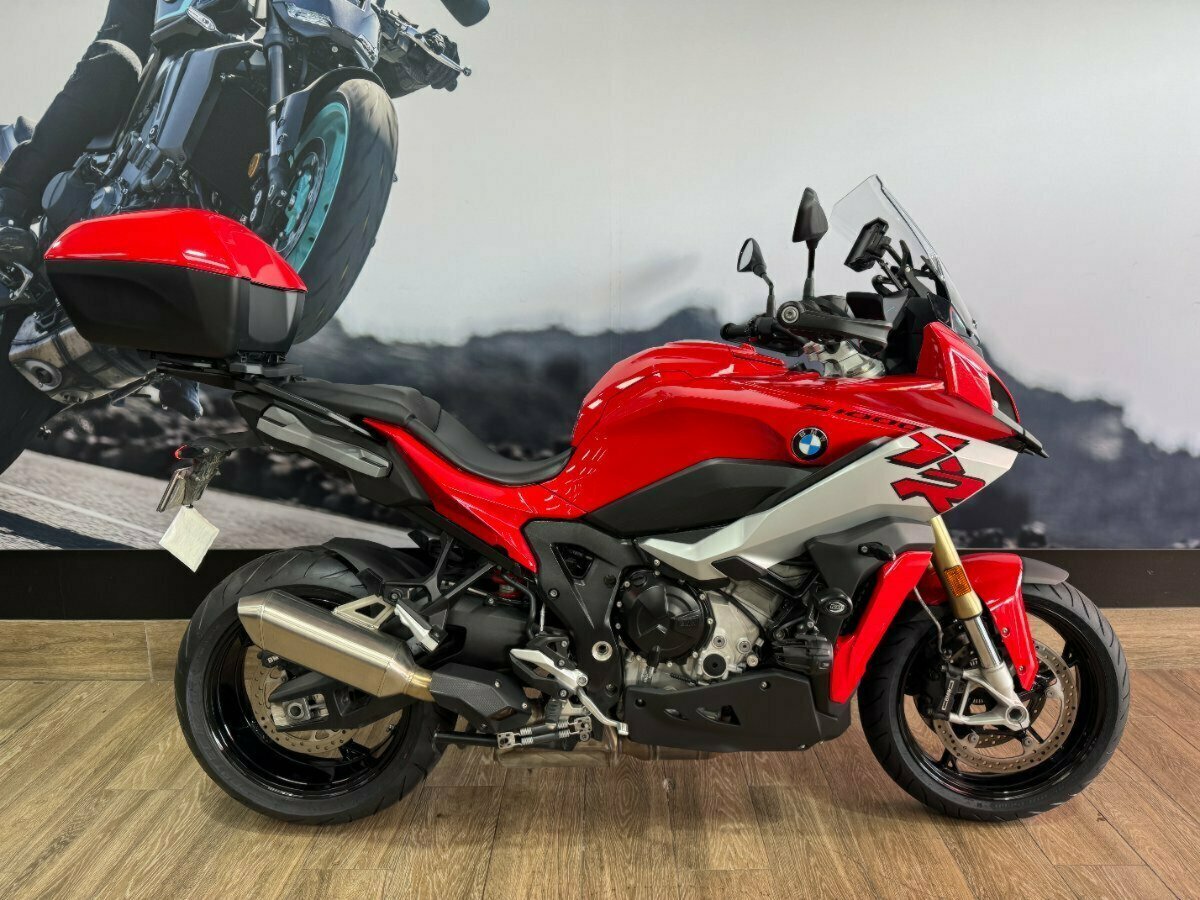1999 Kawasaki VN1500 Vulcan Drifter Review
The main impetus for the Drifter came from former racer and Daytona 200 winner, Don Emde, and the then head of Kawasaki USA, John Hoover. Emde had been toying with the idea of a 'new' Indian for a while. Following a conversation with Hoover after the release of the Vulcan 1500 'Classic' in 1996, the idea gained more impetus. Both Hoover and Emde thought the idea could work, so using the combined resources of Cobra and 'Time Machine', a specialist customisation and restoration business, the Vulcan-based "Super Chief" was created. When the styling concept was presented to a meeting of Kawasaki's US dealers, their positive reaction (they basically said "if you build it, we can sell it") convinced Kawasaki to put the Indian-influenced Vulcan into production. With lawsuits over rights to the 'Indian' name no doubt fresh in Kawasaki's minds, they wisely chose to avoid any direct Indian references when it came to naming their new cruiser. Hence, the project's early name of "Super Chief" was dropped in favour of "Drifter" for its release as a 1999 model.
On first viewing, the most obvious features on the Drifter were the deeply-valanced front and rear guards. These were the most obvious "Indian" styling influences, but the look was further enhanced by the 'buddy' seat with rear grab rail and additional bar work around the rear. What wasn't immediately apparent was the Drifter's lack of chrome. This was a conscious decision made to more accurately reflect the original post-War Indians, which featured minimal chrome finishing. In the case of the Drifter, the frame, bars, front and rear shocks, headlight shell and selected engine pieces normally treated to a chrome or stainless finish, were powdercoated gloss black. This was enhanced by the paint on the tank and guards, which was only available in a dark plum colour for the Drifter's debut year. The exhaust system was an Indian-style 2-into-1 (Vulcan standards and Classics used a 2-into-2 exhaust), and the footboards were also in a different, 'flatter' position than a regular Vulcan, too. Placed side-by-side with an early 50's Indian, the similarities were quite noticeable, with a range of genuine accessories available to add to the Drifter's retro appearance.
It must be noted that the Drifter was primarily a styling exercise, so the underlying mechanicals were virtually identical to a standard Vulcan. In the instance of the 1999 models, that meant a 1470cc liquid-cooled v-twin with electronic fuel injection (for the first time) and shaft drive. Fuel injection would be added across the rest of the Vulcan range later. In the case of the Drifter, the addition of fuel injection made for increased power, as well as reduced fuel consumption, according to Kawasaki. Being the premium model in the three-strong Vulcan lineup for 1999, the Drifter also got a fast idle control for cold-weather running, longer-travel rear suspension, a stronger frame, more powerful battery, auto choke, and other minor differences and improvements over the other 1500 Vulcans. Brakes were decent-sized discs front and rear, but were smaller than those found on other Vulcan models and did need a strong press of the levers to pull the Drifter's 320+kg wet weight to a halt.
Road tests of the time praised the quality of fit and finish on the Drifter. Being a bike that was sold on looks above all else, Kawasaki obviously went to a lot of effort to ensure all the appearance items on the Drifter presented well, as few could fault the high standard of the paint and powdercoating. The suspension was generally given the thumbs up, but some found the rear suspension soft and the brakes a little lacking in stopping power. The separate ignition key/steering lock came in for criticism, too. Overall, the negatives were minor, showing that Kawasaki had successfully blended form with function. Riding position was considered comfortable, despite a deceptively tall seat height compared to other Japanese cruisers.
As a point of difference amongst the plethora of Japanese cruisers aiming to take a slice of Harley-Davidson's territory, the Vulcan Drifter was a hit. When new, it was around $10,000 cheaper than a comparable Harley, too. However, distinctive styling and an affordable price didn't mean customers flocked to buy it. Harley snobbery persisted then much as it does today, so what was a very good bike, distinctly different from the rest of the 'cookie-cutter' cruisers of the period didn't find the audience it really deserved. Its relative failure meant it didn't return to the Kawasaki model range after 2004, so it's a rare sight today. Most of the examples for sale appear to be the debut year 1999 models, too. As a cruiser with a difference, the Vulcan Drifter - if you can find one - is certainly worth closer consideration.
SPECIFICATIONS - 1999 Kawasaki VN1500 Vulcan Drifter
Engine: 1470cc SOHC 8V four stroke v-twin.
Bore/Stroke: 102 x 90mm
Compression: 9.0:1
Power/Torque: 65hp (47kW) @ 4700rpm / 112Nm (11.5 kgf-m) @ 2800rpm
Fuel System: Fuel injection with 2 x 36mm throttle bodies
Cooling System: Liquid
Electrical System: 12 volt
Transmission/Drive: 5 speed manual/shaft drive
Front Suspension: 41mm telescopic forks
Rear Suspension: Dual air-assisted shocks w/4-way rebound adjustment
Front Brake: Single 272mm disc w/twin piston caliper
Rear Brake: Single 242mm disc w/twin piston caliper
Front Tyre: 130/90-16
Rear Tyre: 150/80-16
Dry Weight: 303kg
Wheelbase: 1655mm
Seat height: 740mm
Ground Clearance: 125mm
Fuel Capacity: 16 lt
Top Speed: 180 kph (approx)

















